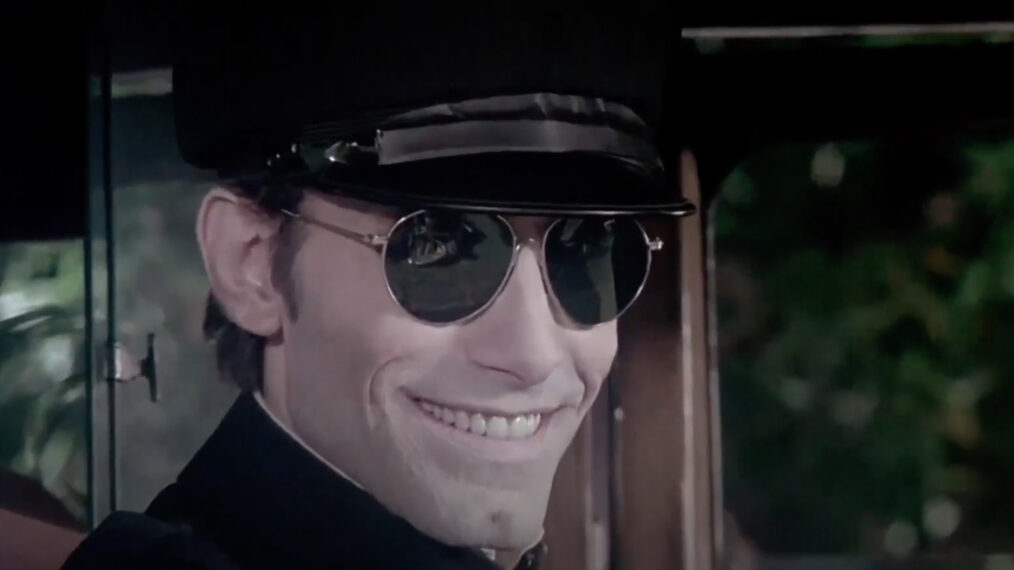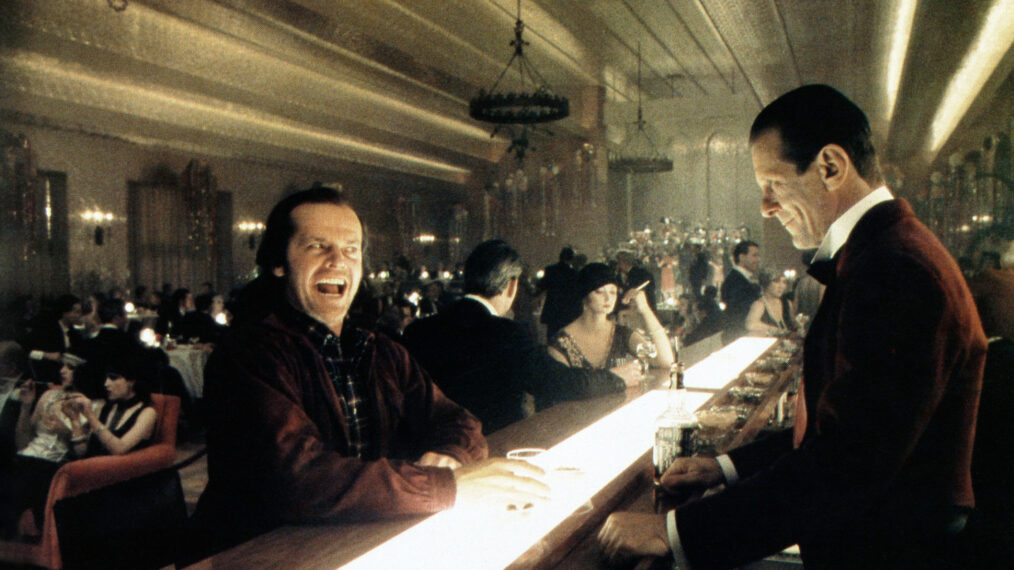Wanna See Something REALLY Scary? — Some ‘Twilight Zone: The Movie’ Moments Have Lived Rent-Free in My Head For 40 Years
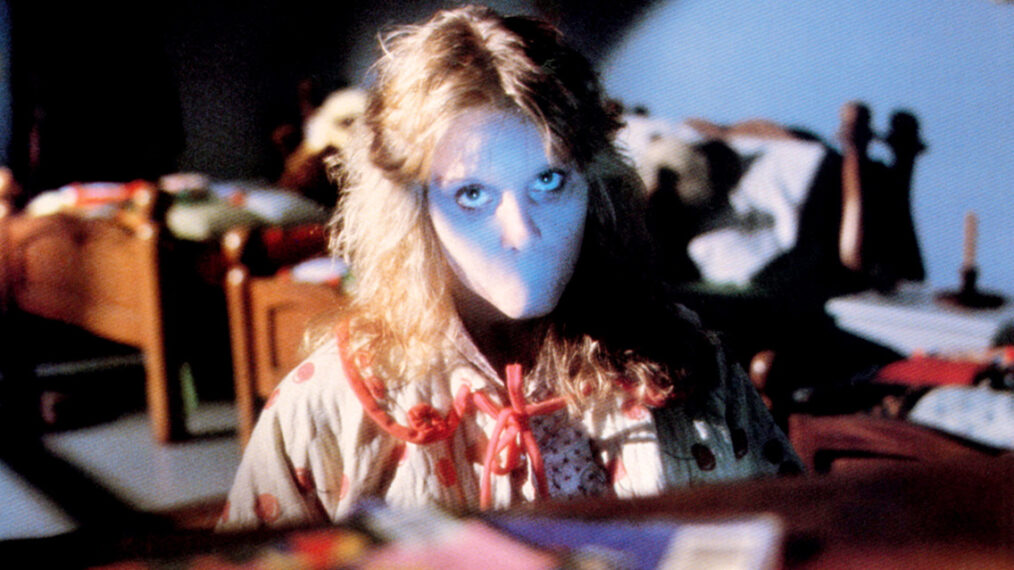
Twilight Zone: The Movie opened in theaters on June 24, 1983, but I did not see it for the first time until sometime the following year, when I was able to rent it on home video.
I’m not sure why I didn’t catch it in theaters at the time of its release; at age 13 that summer, I was among those whose interest in Rod Serling‘s original series The Twilight Zone was revived or sparked by this anthology film that adapted three classic Twilight Zone episodes, and also presented an original Zone-like tale of its own.
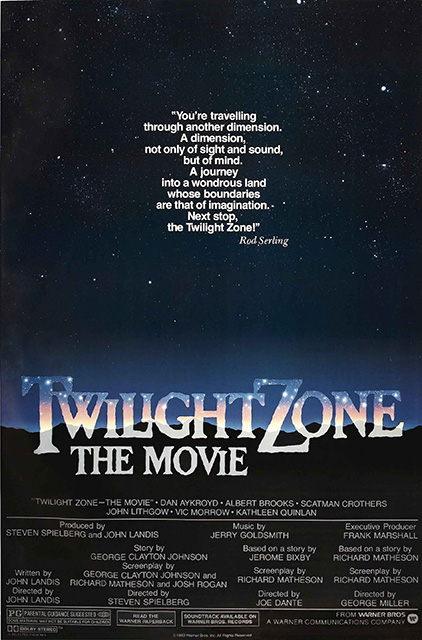
© Warner Bros./Courtesy Everett Collection
The movie boasted Steven Spielberg as a producer and a director of the second segment. I was already a big Spielberg fan thanks to films like Jaws and Raiders of the Lost Ark, so his name alone should have made me want to go see this production, just like it would on the ensuing mid-’80s Amblin productions that often teased “Steven Spielberg Presents” above their movie poster titles.
Twilight Zone: The Movie also featured John Landis as a producer and writer/director of the first segment. I was not yet familiar with him, but would be soon when I started discovering things like The Blues Brothers, National Lampoon’s Animal House, An American Werewolf in London and the music video for Michael Jackson‘s “Thriller.”
Another future favorite of mine, Joe Dante, helmed the feature’s third segment; I wouldn’t fully have his name imprinted on my brain as a fave until I saw Gremlins in 1984.
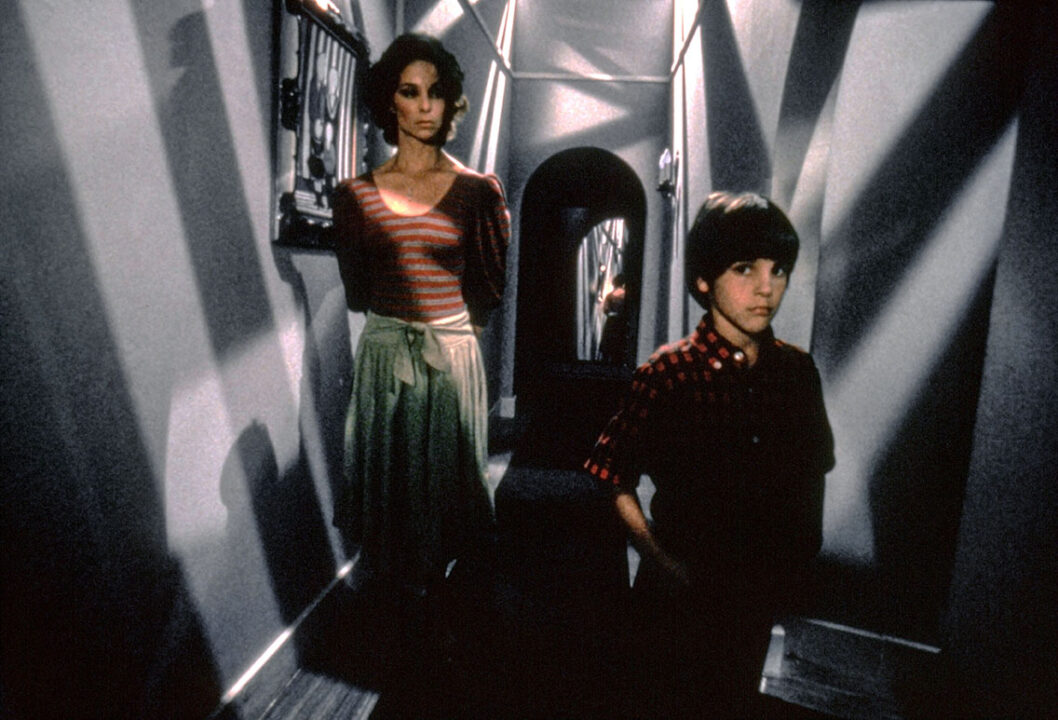
© Warner Bros./Courtesy Everett Collection
Kathleen Quinlan and Jeremy Licht in the third segment of Twilight Zone: The Movie
George Miller directed the fourth installment in the film; although I did not yet know his name, I had seen one of his memorable works when The Road Warrior played as one of those R-rated late-night cult showings (after the “respectable” titles had finished airing) at the local drive-in when my family attended one night in 1981, and I caught peeks of that first Mad Max sequel while my parents thought I was asleep in the back seat of our car.
So, despite a number of things that seemed like they would make Twilight Zone: The Movie something within my wheelhouse at that time, I don’t recall actually wanting to go see it at the theater.
Maybe it was simply because I had not yet seen or really been too aware about the series that inspired it.
Reading about it in articles around the time of the film’s release, however, did make me want to explore Serling’s series for the first time.
Luckily, a local TV channel was airing old Zone reruns back-to-back each weeknight at 10pm (probably to capitalize on renewed interest in the show thanks to the movie).
My sister, not quite 11 at the time, and I then proceeded to spend some spooky nights during summer 1983 watching The Twilight Zone for the first time via those reruns.
We sometimes ended up being too creeped out to go to sleep after episodes like “The After Hours,” with Anne Francis alone with the living mannequins while locked in a department store at night; or “Night Call,” with the old woman receiving eerie late-night phone calls from beyond the grave.
Along with those scary moments, it is funny to look back and remember how genuinely shocked I was by some of the show’s famous twists when I saw them for the first time as a kid.
I particularly recall nearly gasping with surprise when the airline crew looked down to see the Brontosaurus in “The Odyssey of Flight 33,” which hit a sweet spot for me as a kid — dinosaurs and science fiction.
That summer, I also got my hands on a recently published book called The Twilight Zone Companion by Marc Scott Zicree, and pored over it to see which episodes I still wanted to see.
Through that book I was also introduced to names of writers who either created stories for the original series, or who had published works adapted for the show, like Richard Matheson, Jerome Bixby and George Clayton Johnson. I would eventually notice those names listed on the poster, or in the trailer, for Twilight Zone: The Movie.
Ultimately, I guess I was so wrapped up with Twilight Zone the series in the summer of 1983 that I missed Twilight Zone: The Movie during its theatrical run (which doesn’t look like it was very impressive; it grossed a bit under $30 million and was eclipsed in its gross considerably by even some of that summer’s stinkers, like Jaws 3-D and Superman III).
But, I think that made me better prepared to enjoy it in 1984, when I finally did see it on video. Just as the series had thrilled and scared me, so did the movie — in parts, anyway. It is a mixed bag, and I still feel now as I did then (and as others do, I suspect), that the movie increases in quality as it moves along, with the first two segments being the weakest, and the third and fourth ones the strongest. (By then I had also seen Burgess Meredith‘s classic Zone episode “Time Enough At Last,” so it was cool to hear his voice as narrator in the movie.)
The first story is an original written and directed by Landis, which stars Vic Morrow as a virulent racist who, after a slur-filled rant in a bar, gets a comeuppance when he finds himself transported into various points of time, and as different persecuted people. He inhabits the bodies of a Jewish person in Nazi-occupied Europe, a Black man in the Jim Crow South and a Vietnamese person who is fired upon by American soldiers during the war.
The filming of this latter segment, in which Morrow and two illegally hired children were killed in a helicopter crash during a stunt, has continued to taint the overall production even as it did then; the incident apparently disgusted Spielberg and Miller to the point where they lost whatever enthusiasm they had for the film, and Miller left before post-production on his segment was completed.
As for the story itself, it’s a fairly simple morality play of the sort that would have been right at home on the original Twilight Zone, even if it gets more heavy-handed and in-your-face than even some of the Serling-scripted episodes can be.
After that comes the Spielberg-directed adaptation of the “Kick the Can” episode, which, of course, was never meant to be a scary story. Scripted by Richard Matheson, George Clayton Johnson and Melissa Mathison — who earned an Oscar nod for writing Spielberg’s blockbuster E.T. the year before, and is credited here as “Josh Rogan” — it features a great cast of older actors, led by Scatman Crothers, Bill Quinn and a pre-Night Court Selma Diamond. But it’s too treacly and sweet even by Spielberg’s fantasy standards, especially in that era.
Then come the movie’s final two segments, and, as I mentioned, they are the best.
They also feature most of the movie’s scariest moments (for me, anyway), aside from the very effective overall prologue to the film.
All three of those parts of Twilight Zone: The Movie feature creepy moments that have stuck with me as well as any of the ones I experienced when I first watched the original series.
Prologue: “Wanna See Something Really Scary?”
Leading the movie off, just ahead of Landis’ fairly weak — and, ultimately, tragic in the real word — Morrow-led tale comes the film’s prologue, also scripted and directed by Landis. It works very well at kicking things off with a great scare, and maybe it works because it combines elements that seem to be among Landis’ strongest areas — comedy and horror, which he has often mixed in things like An American Werewolf in London and even the “Thriller” video.
It’s a short segment, about five minutes, with a simple but very atmospheric setting — the inside of a car driving along a lonely highway somewhere in the middle of nowhere, late at night.
The driver is played by Albert Brooks, and his passenger, presumably a hitchhiker he picked up, by Dan Aykroyd. They pass some time along the drive by playing “Guess the TV Theme Song?” before the hitchhiker brings up the old Twilight Zone series.
They go back and forth talking about some of the spookiest episodes of the show (I’m always glad to see “The After Hours” given a shout-out here as one that terrified others as much as it did my sister and me) before the hitcher playfully asks the driver: “Hey … you wanna see something really scary?”
Segment 3: “Do It, Uncle Walt!”
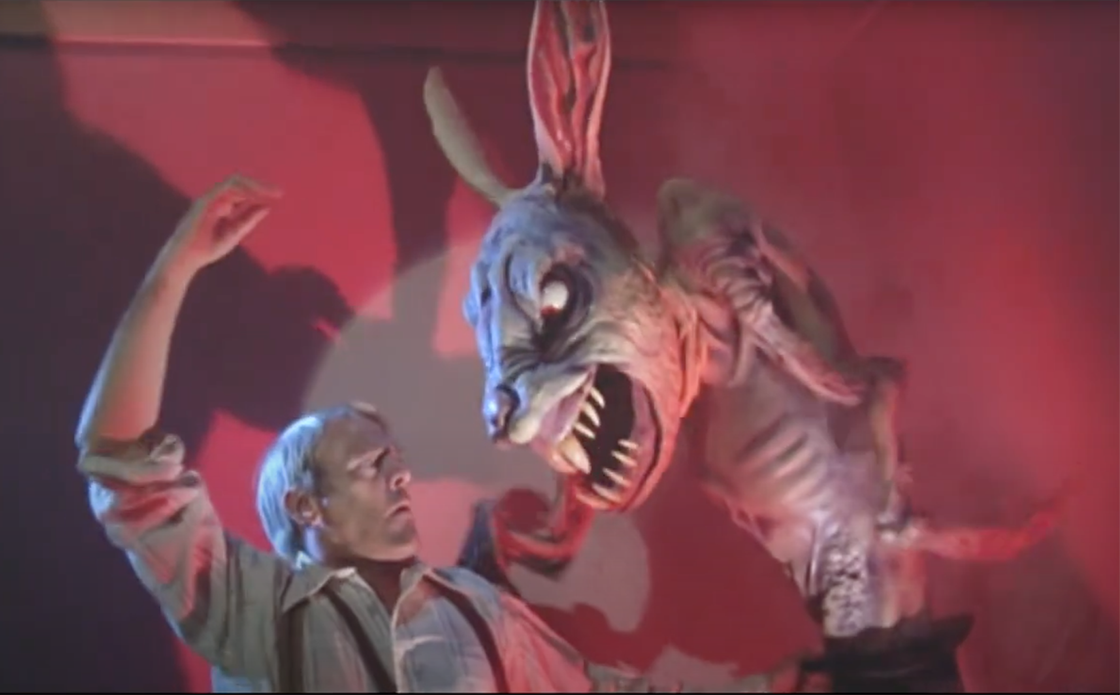
youtube.com/@moviechannel67
Uncle Walt (Kevin McCarthy) doing the rabbit trick in the third segment of Twilight Zone: The Movie
Matheson wrote the Joe Dante-directed third segment, an adaptation of Jerome Bixby’s short story “It’s a Good Life,” which was also famously adapted by Serling for his series.
Bill Mumy, who played Anthony — the little boy with monstrous psychic powers to transform people and his surroundings at the slightest whim — in that original episode has a cameo early on in the segment, with Jeremy Licht taking on the role here.
When Anthony “accidentally” meets Helen Foley (Kathleen Quinlan) and takes her home to meet his “family,” the quirkily horrific and often cartoonish sense of humor Dante showed in movies like Piranha (1978) and Gremlins goes on display as the boy fashions his home and his world as he sees fit.
That means cartoons play on every TV in the house (most of them are toons from the early ’30s, and many of those can be pretty weird and creepy in their own right), while the people forced to live with him as his relatives live in mortal terror of somehow offending this kid.
And for good reason, as we see in this horrific slow pan-up (that only the audience, not Helen, sees) to meet Anthony’s “sister,” Sara (played by The Runaways singer Cherie Currie), who Anthony nonchalantly says has had an “accident.”
At another point, Anthony tries to impress Helen and get her to stay by forcing “Uncle Walt” (played by Kevin McCarthy, a Dante casting favorite) to perform his pulling-a-rabbit-out-of-the-hat trick. Uncle Walt seems justifiably nervous at this request, and he starts to sweat and tries to stall until Anthony demands that he do it, and …
Its not just the look of that monstrous/cartoonish rabbit that comes out of Uncle Walt’s hat the second time, but the way it shakes as it turns to fix its evil glare on Walt (accompanied by a terrific musical track by the film’s composer, Jerry Goldsmith, that sounds like a demonic warping of something Carl Stalling would have made for a Looney Tunes short), that really drove home the shock for me when I first watched this — and makes it continue to reside in my bad dreams.
Another memorably creepy part of this segment features one of Anthony’s other “sisters”: poor Ethel, played by Nancy Cartwright — who, a little over eight years later, as the voice of Bart Simpson, would play the monstrous child in a parody of “It’s a Good Life” in a segment on The Simpsons‘ second “Treehouse of Horror” episode.
When Anthony wishes Ethel into the cartoon world, the bizareness of those ’30s-style ‘toons really shines through as Ethel is pursued by creepy figures that would have been right at home in an old, weird-ass Fleischer Studios production like Swing You Sinners!
Segment 4: “So, You Had a Pretty Big Scare Up There, Huh?”
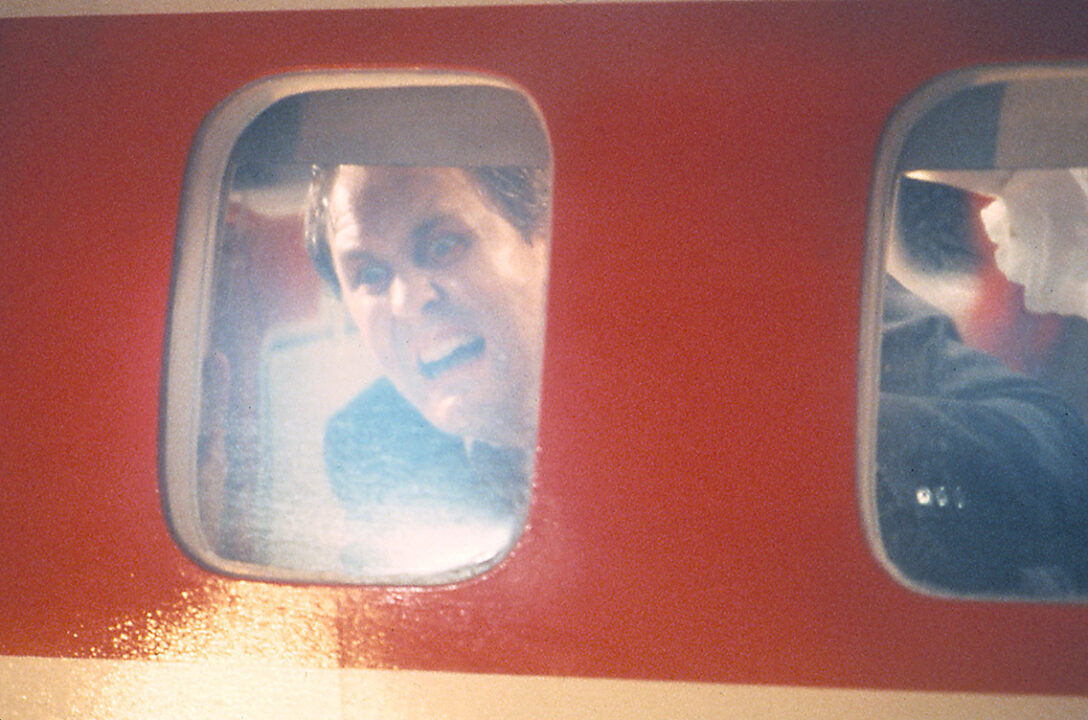
© Warner Bros./Courtesy Everett Collection
The fourth and final segment of Twilight Zone: The Movie is based on the classic “Nightmare at 20,000 Feet” episode, and was written by Matheson — who wrote the short story on which the original episode was based, as well as the teleplay for that episode itself.
That installment famously starred William Shatner as the nervous airline passenger who thinks he sees a man out on the wing. The episode was fun, but the creature that is ultimately revealed left a lot to be desired, looking like a dude in makeup wearing a parka or something.
The movie, featuring John Lithgow as the passenger, greatly improved on that.
Even with early ’80s optical and practical effects, the “gremlin” is a cool and creepy creation, especially in this frightening scene.
Director Miller ratchets up the tension terrifically before the reveal, and in that reveal, the almost-subliminal, blink-and-you-miss-it image of the creature’s eyes quickly bulging out toward the window is one of things from this segment that has stuck with me. It’s also a moment for Goldsmith’s terrific musical score to again shine.
Although that was the final segment, based on its source material, Twilight Zone: The Movie, of course, had to have a little surprise at the end.
So, when Lithgow’s character gets into an ambulance following his in-flight ordeal and is ready to put all the horror behind him, who should his ambulance driver be but …

